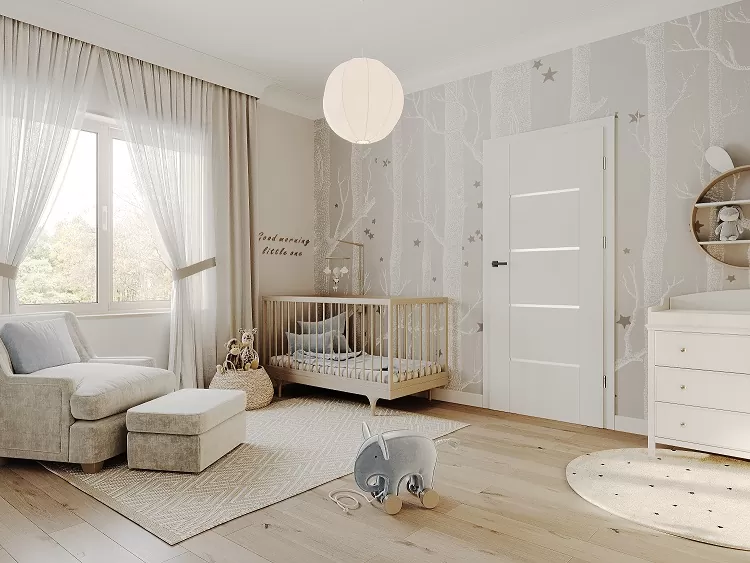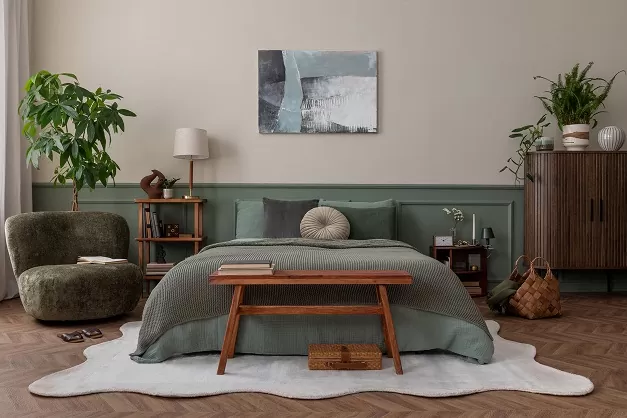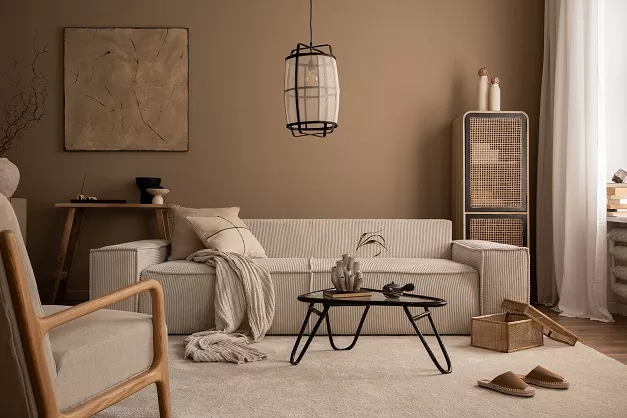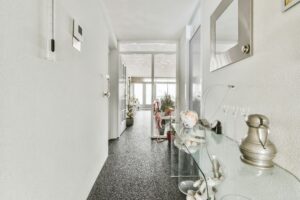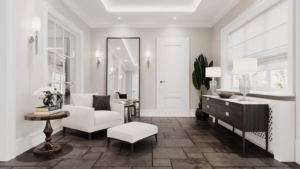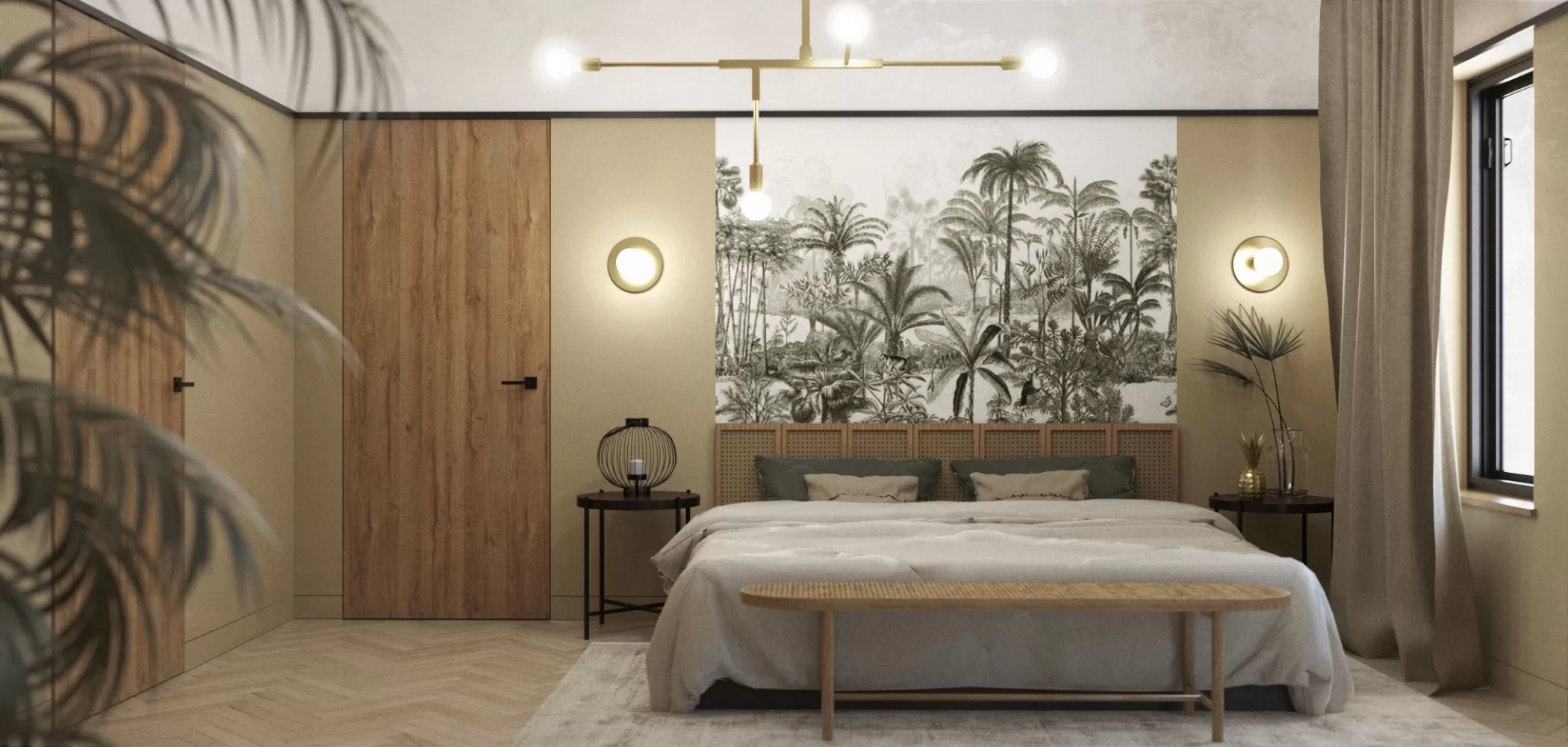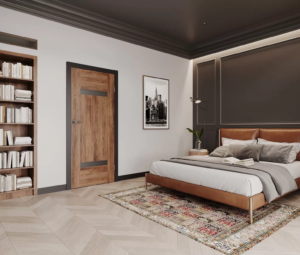
Creating a living space that is adapted to the needs of each age group is an extremely important task. A properly decorated room can significantly affect the comfort, development and sense of security of a child at every stage of their life. Today we have prepared a guide that will help you create functional and pleasant interiors, adapted to the changing needs of a baby, pupil or student.
Room for a new family member – Safety and Stimulation
Babies need an environment that provides them with safety and sensory stimulation. When choosing furniture and decorations, it is worth choosing bright, friendly colors that will help create a calm and positive mood. A key element is a comfortable bed with adjustable height, which will facilitate access for parents and adapt to the child’s development. Additionally, a diaper rack and a changing table are essential elements that facilitate daily care.
The first months of a baby’s life are a special period in which we create their first impressions and encourage their development. It is important that the baby’s room is safe and stimulating. DRE interior doors can be a perfect background for this magical place. When choosing colors, pay attention to subdued, relaxing shades that promote peaceful sleep. Doors in shades of light wood or white will work well in such interiors. Choose doors with narrow glazing. The light coming through them from the hallway will not disturb the baby during sleep on the one hand, and on the other, when the child wakes up at night, it will provide a sense of security that the parent is watching over them behind the wall.
 Doors with glass panels from the Torino collection are perfect for a toddler’s room
Doors with glass panels from the Torino collection are perfect for a toddler’s room
In addition, doors with a good sound insulation system will help maintain silence in the room, which is important for the healthy development of the baby. For a room that requires soundproofing, we recommend doors from the DRE Supreme series. The KIOTO collection includes the SILENT package for an additional fee, which provides acoustic insulation at a level of 37 dB. Read more about our new product in our previous post . Do you want to introduce a little smile to the interior? Choose doors printed with your favorite children’s hero.
 Doors from the DRE Print collection are the perfect solution for interiors that are meant to stimulate the imagination.
Doors from the DRE Print collection are the perfect solution for interiors that are meant to stimulate the imagination.
Room for primary school student – Creativity and Concentration
Arranging a room for a primary school student is a much bigger challenge. It needs to combine several functions: a place to study, to relax, but also to play and develop passions and interests. Design a comfortable place to study with an ergonomic desk and appropriate lighting. To save space in a room with many functions, you can choose sliding doors.
 Auri 0 with glazing in the student’s room
Auri 0 with glazing in the student’s room
Use the walls to organize shelves for books, sports equipment or creative hobbies. Remember that this is also a time when a child is building their identity – let them choose colors and accessories that reflect their personality. Tip: When choosing Sara Eco 2 doors covered with primer, you can paint them with magnetic or blackboard paint, providing a surface for creative experiments for the child.
When arranging a place to study, follow a few golden rules that will ensure comfort while doing homework.
- Ergonomics first and foremost – the height of the desk should allow you to work freely with a computer or books, and the chair should provide proper back support. Opt for furniture with adjustable height that will “grow” with your child.
- Proper Lighting – Natural light is best, but if you can’t control it, opt for bright, spot lighting. Avoid glare on monitors or books.
- Minimalism Promotes Concentration – limit the number of unnecessary items on the countertop or shelves that will distract your child.
- Functional Storage – organized space for textbooks, notes and accessories is essential. Shelves, drawers or baskets will help keep things tidy
- Privacy and Focus – choose solid internal doors that provide privacy and sound insulation. This is especially important when other people in the house may generate noise.
- Technology in Your Place – make sure you have access to electricity and sockets so that charging your equipment or using a computer is not a hassle.
- Space for Movement and Relaxation – arrange furniture so that there is room for short breaks, stretching or relaxation exercises.
- Student Individualism – involve the student in the process of creating the space. Let them choose colors, accessories, or organizers that suit their style and needs.
Room for a high school student or student – Organization and Relaxation
Creating an effective space for a high school or college student is a challenge that combines the need for organization, relaxation, and social life. A desk with adequate space for working on a project or studying, a comfortable chair, and sufficient lighting are the basic elements.

A teenager’s room should have a comfortable space for entertaining guests. If the space allows, in addition to a comfortable bed, there should be a small sofa, pouffes or armchairs on which to chat and relax. A teenager or student usually already has well-defined needs and tastes. It’s worth listening to them. Young investors most often choose the loft, techno or boho style.
 Doors from the SOL collection (DRE Supreme) with geometric millings in the student’s room
Doors from the SOL collection (DRE Supreme) with geometric millings in the student’s room A production by Krzysztof Mirucia from a program broadcast on HGTV
A production by Krzysztof Mirucia from a program broadcast on HGTV
A room that adapts to age
Regardless of the age group, there are some common elements that are worth considering when decorating a room. Storage space is an absolute must. Wardrobes, chests of drawers and shelves will help to keep order and avoid mess. Additionally, it is worth choosing universal colors and furnishings that, thanks to accessories, decorations and lighting, will change the character of the interior at each stage of the child’s development.

